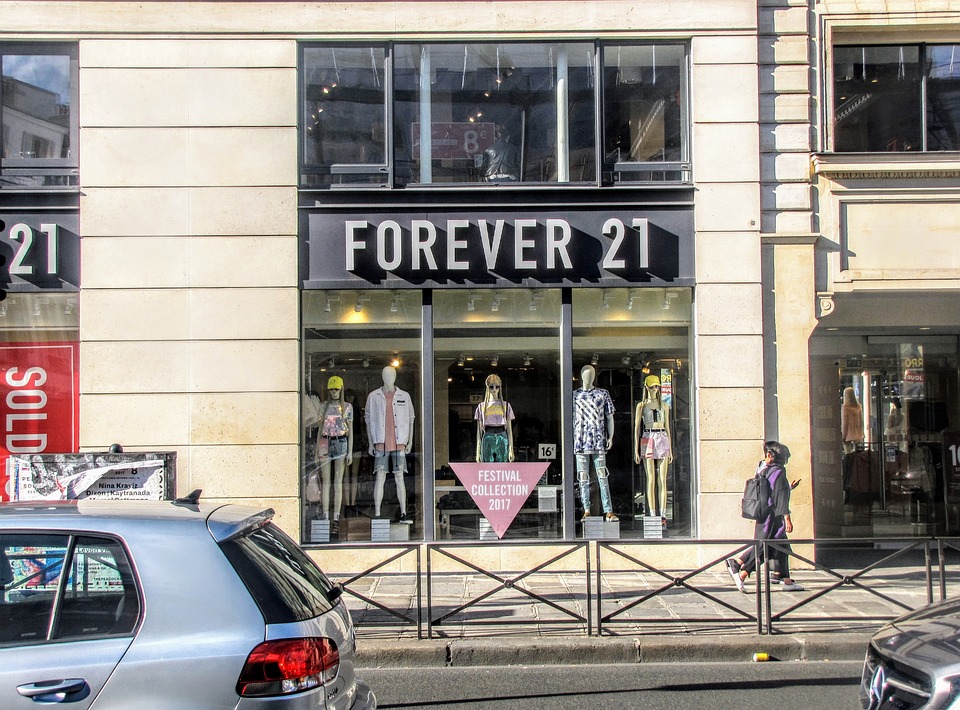By now we have all heard that Millennials are “killing” just about everything, from family dining, to starter homes as they’re forced to rent longer and even, apparently, bars of soap. Now it seems the repercussions of said “killing” could help rather than hinder. The increase in Millennial online shopping is forcing close to fast-fashion retailers, which I believe could ultimately better the environment.
Fast fashion is sold by popular brands like Forever 21, H&M, and Zara, which all have the same goal of selling trendy and affordable clothes while sacrificing the quality of the item. Because of how fast trends change in fashion, these stores mass-produce items at a rapid pace, causing an abundance of materials to be left in landfills where it takes 30-40 years to decompose.
For example, there are currently 549 Forever 21 stores in the United States, which approve roughly 400 new designs per day. Just thinking about the massive amount of textiles used to distribute all the designs to multiple stores makes me cringe. There’s so much waste and so little space left in America for it.
Currently, textiles and unwanted clothes take up 5% of America’s landfills, with an average of 21 billion pounds of textile waste per year says Harmony Enterprises, a waste handling company. Shockingly, it’s on the lower percentage of objects being thrown away, making it an easier problem to fix.
Related Articles
I personally predict that since the amount of in-person retailers is closing, then fewer garments will be made and wasted decreasing the methane and greenhouse gas in the air.
The methane and greenhouse gasses are emitted from synthetic fibers in said fast fashion clothes like polyester and lycra. These gasses trap heat in the atmosphere that increases the effects of already occurring global warming.
So just how effective will the decrease of in-store retail be to the environment? I honestly don’t know. It’s just a theory and I’m no expert. For all I know it could further decrease the earth’s atmosphere because of potential increased transportation to buyer’s homes who shop mainly online. But then again, the less people driving to malls means less people driving in general, so it may even out just fine.
It’s all about cause and effect and hidden factors. Yes, it’s a simple hypothesis that this could lead to this.
There are other factors aiming to rid the textile waste in landfills. Organizations like the Council for Textile Recycling even have a plan to completely rid garments going into landfills, calling their goal “Zero by 2037” referring to the percent. With organizations alongside the ever online Millennials, they could create a quick and effective team when it comes to ending the massive waste of textiles.
Jaclyn Herd
Reporter


